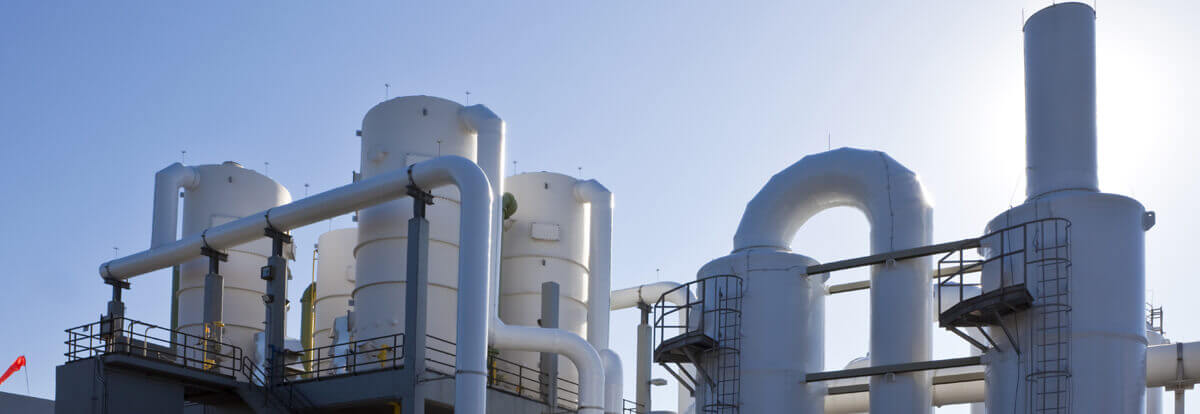The Connected World
Today, sensors have a digital voice. It's a voice that allows them to autonomously connect and share data with one another – and the back office – over an IP connection. Anything can have sensors attached to them: people, vehicles, pipelines, infrastructure, robots, and production lines, just to name a few.
The Internet of Things in the critical infrastructure sector can improve the flow of real-time information and enable equipment to be remotely managed and controlled. Dubbed ‘Industry 4.0’ for its potential to power a new industrial revolution, it promises to enhance the productivity of organizations while ensuring greater safety of workers and the community.
This connected web of things offers new opportunities to enhance operations across manufacturing, energy, agriculture, transportation and other critical infrastructure sectors. It can improve the way you collect, analyze and share real-time information to help your organization make better decisions. Machines can detect and correct potential failures before they become a catastrophe. And, it allows objects to operate autonomously while being monitored by personnel from remote locations.
Motorola Solutions' Industrial IoT solutions give your organization the power it needs to be more productive and the insight to help reduce safety risks. This allows you to better safeguard your personnel and communities, extends the life of your assets, and creates greater efficiencies across your operations.
Comprised of four different components, our Industrial IoT portfolio provides an end-to-end solution, customizable for a variety of applications. SCADA remote terminal units (RTUs) help you operate more efficiently with powerful process automation and expansive communication capabilities seamlessly integrated across your organization. M2M modems expand your organizational view and control by enabling further operational technology connectivity and data communication. A Network of Networks integrates devices across a variety of communications systems for enhanced reliability, coverage and the ability to better leverage the networks you already have in place. And, Partner Solutions deliver the complete integration and development of intelligent control and monitoring solutions from the sensors at the edge, to the application interfaces in the control room.
SCADA RTUs are made to help you keep your teams out of harm's way, reduce downtime and optimize operational efficiencies – maximizing the safety, productivity, and profitability of your organization. Our RTUs feature versatile interconnectivity over a combination of wired and wireless networks – including our two-way radio networks – for the most encompassing and reliable process automation and monitoring of your assets and field equipment. They also support a variety of other broadband and narrowband technologies including third-party analog/digital two-way radio, dial-up modem, point-to-point microwave, 3G/4G public or private, and Ethernet. And, they are standards compliant and compatible with a variety of common protocols including MODBUS and DNP3.
ACE1000
SCADA Simplified
The ACE1000 is a highly flexible, easily deployed RTU that's ideal for less complex process automation and monitoring applications. Its Linux operating system and remotely accessible, web-based management and configuration tool, minimize the specialized knowledge and time needed to deploy or expand your SCADA system for more encompassing control.

ACE3600
For Operations-Critical SCADA
The ACE3600 is designed to handle large volumes of data for more complex process automation and monitoring. With robust security features, scalable capacity and a high-performance processor it can connect to, and manage, any number of programmable logic controllers (PLCs), RTUs and other operational technologies while being remotely maintained through a single front end processor gateway.

Motorola's M2M modem is the simple and affordable way to easily connect to and communicate with, operational technologies across your organization and enhance your operational view and control. You can send and receive process automation commands to PLCs, monitor sensor data from a centralized control room and collect valuable information to better understand how your assets are performing.




